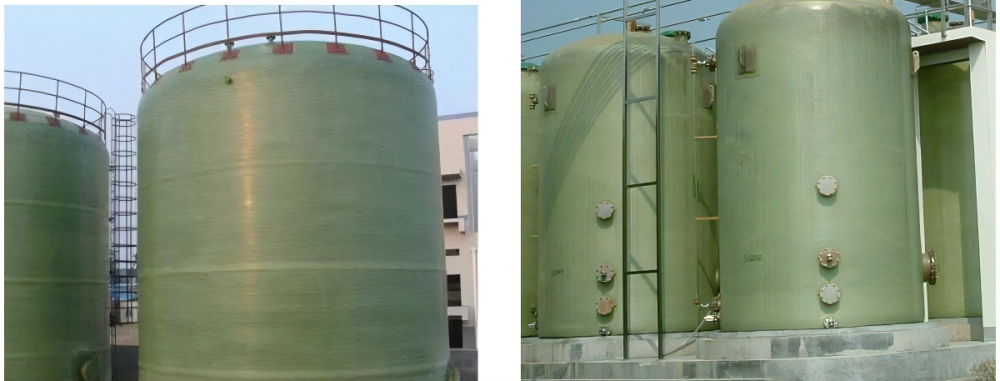
Fiber Reinforced Plastics (FRP) are advanced composite materials engineered by combining high-performance fibers—such as glass fibers or carbon fibers—with various resin matrices like epoxy, polyester, or polyurethane. This unique blend harnesses the exceptional strength of fibers and integrates it with the lightweight and versatile nature of plastics. The result? A superior composite material widely adopted across diverse industries, including aerospace, construction, and transportation, making it a cornerstone of modern industrial and technological advancement.
Fumed silica (CAS number 7631-86-9), also known as pyrogenic silica, is an amorphous nano-silica produced by Minmetals East. Its broad utility spans numerous sectors, particularly within the production of composites and Fiber Reinforced Polymer (FRP) materials. The strategic incorporation of fumed silica significantly enhances key properties and processing characteristics of FRP. Let's explore its critical applications and benefits:
Fumed silica (HJSIL® 200) serves as an effective thickening agent in composite material formulations. When introduced into resins, it imparts a noticeable thickening effect, which crucially improves the material's rheological properties. This characteristic is particularly valuable for manufacturing processes that demand thicker, more viscous materials. Even small quantities of HJSIL® 200 can achieve the desired thickness or viscosity, optimizing material consistency.
Fumed silica (HJSIL® 200) is frequently employed as a thixotropic agent in FRP/composite material formulations. Thixotropy is a unique property where materials become more fluid when stirred or sheared, then revert to their original, thicker state once the mechanical action stops. This attribute is immensely beneficial during manufacturing, as it effectively prevents material sagging or collapsing during the critical curing process. HJSIL® 200 allows precise control over the material's thixotropic behavior, enabling manufacturers to fine-tune it for specific production requirements.
The versatility of Fumed silica (HJSIL® 200) extends to controlling the overall rheology of FRP/composite materials. By carefully adjusting the amount of HJSIL® 200 added, manufacturers can precisely regulate the material's viscosity and flow characteristics. This feature is indispensable in processes that demand specific flow behavior or viscosity profiles. Moreover, fumed silica (HJSIL® 200) significantly boosts material stability by preventing component settling or separation, ensuring homogeneous mixtures.
In FRP/composite materials, fumed silica (HJSIL® 200) acts as a powerful reinforcing filler, designed to significantly enhance the mechanical properties of the final product. Its combination of high surface area and incredibly small particle size allows it to form exceptionally strong bonds with both the resin matrix and the reinforcing fibers. This robust bonding translates into improved stiffness, strength, and overall toughness of the composite material. Furthermore, HJSIL® 200 enhances the critical interfacial bonding between fibers and the resin, which is paramount for the composite material's long-term performance and durability.
In summary, fumed silica plays a transformative role in FRP materials, profoundly enhancing their mechanical integrity, processing properties, and overall stability. Its widespread adoption in high-performance sectors such as aerospace, construction, and transportation is a testament to its value. Beyond optimizing material performance, it also contributes to increased production efficiency and superior product quality, solidifying its position as an indispensable multifunctional additive in advanced FRP formulations.
| Property | Value |
|---|---|
| Specific Surface Area (BET) | 200 m²/g |
| Loss on Drying (2 hours at 105 °C) | < 1.5 % |
| Loss on Ignition (2 hours at 1000 °C based on material dried for 2 hours at 105 °C) | < 2.5 % |